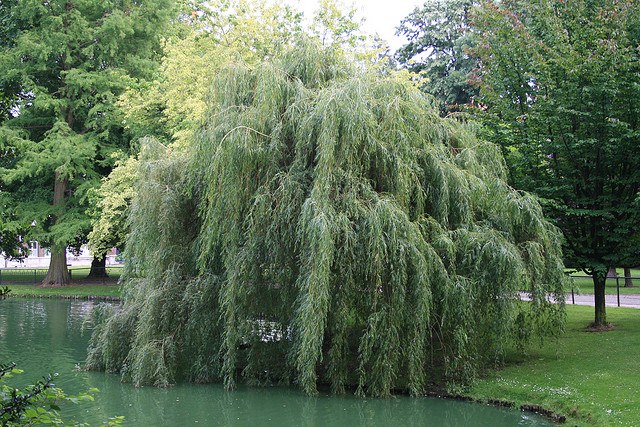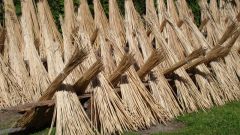Instruction
1
Appearance eve is very diverse, each subspecies has its own characteristics. Many of them are decorative, for example, weeping willow. In the mountains grow dwarfs, whose height does not exceed 20 cm. In Russia there are about 120 species of trees, shrubs and dwarf shrub of the family Salicaceae. It is often high, up to 15 m trees with thin, no more than 0.5 m in diameter, flexible trunk. Some species have thick, curly green leaves, others have leaves gray-green or silver.
2
Different types and shape of sheet plate: most of them are blue with scalloped edges. But there are trees with broad leaves elliptical in shape. The trunk branched, rod bark is purple (krasnotal), green, gray. Some willows bloom early, before the appearance of the foliage. The flowers are small, fluffy, collected in inflorescence-earrings, a known representative of ranotsvetuschih talnikov – willow.
3
Decorative plants are planted in gardens, parks, squares. Widely used in landscaping white or silver willow, called willow. Tall, with a spherical crown and silver leaves on the hanging branches, the tree can become an ornament to any Park. IVA Manchurian is notable for its unusual pink color of leaves. Prefers moist soil.
4
As a living fence grown willow steppe. Six-foot tree forms a dense scenic wall. Woolly or hairy willow – low-growing tree, ideal for planting near the porch, in the flower beds. Mesh willow – dwarf decumbent plant height of not more than 30 cm, is grown as a border. Yves matsudana has an exotic look – oddly bent branches, the leaves are twisted in a spiral, thermophilic, growing in the southern regions. IVA Sakhalin – hardy, branching shapes, in Germany it is called "Dragon tree".
5
In the natural environment of willow live on the banks of ponds, former river-beds, ditches, boggy soils. Thanks to powerful root system of a plant serves to secure the banks of rivers and ditches. The geography of growing extensive, IVA is found everywhere, even in the tundra and mountains of Central Asia. In the highlands of the Pamir, the trees do not grow and only a narrow strip stretching along the rivers. Willow thickets are common in the temperate zone, half of the species growing in Russia. In the floodplains of the rivers Rhine, Danube, Elbe common white willow. In Polish deciduous forests Rakita found as undergrowth. In the Czech Republic in the areas of the rivers Morava and Vltava, extensive poplar-willow forests.

